Heading 1
Heading 2
Heading 3
Heading 4
Heading 5
Heading 6
Lorem ipsum dolor sit amet, consectetur adipiscing elit, sed do eiusmod tempor incididunt ut labore et dolore magna aliqua. Ut enim ad minim veniam, quis nostrud exercitation ullamco laboris nisi ut aliquip ex ea commodo consequat. Duis aute irure dolor in reprehenderit in voluptate velit esse cillum dolore eu fugiat nulla pariatur.
Block quote
Ordered list
- Item 1
- Item 2
- Item 3
Unordered list
- Item A
- Item B
- Item C
Bold text
Emphasis
Superscript
Subscript

Choosing between Walnut and Demostack? Both have strong customer bases, but they're built for completely different demo workflows. One clones your entire product, while the other builds HTML-based interactive demos.
We interviewed past users of both platforms and dug through 130+ G2 reviews to uncover their actual experience. This Walnut vs Demostack comparison explores each demo automation tool's strengths and limitations — so you're well equipped to make the right purchase decision for your needs.
And if you stick around till the end, we'll also share a solution, Storylane (hey, that's us! 😄), built to avoid the tradeoffs you'll see in this comparison.
Walnut vs Demostack: Quick comparison
Here's how they compare at a glance:
Demostack: Complete product replicas for complex products
Demostack takes a snapshot of your entire product—every screen, workflow, and data point—and creates a working replica you can demo your product without touching the live environment.
Demostack doesn't simulate your product—it clones it. This matters specifically when your product's value IS in the backend (data transformations, API orchestration, real-time processing)
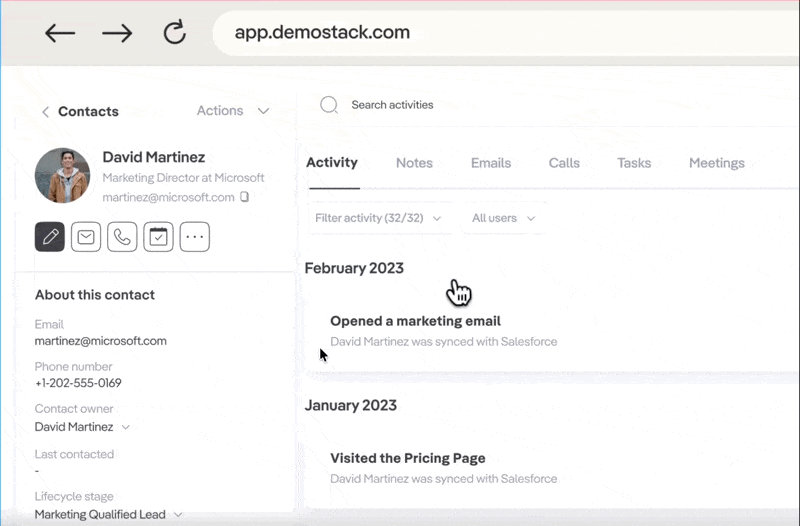
Why teams choose Demostack
Demostack connects to actual APIs/databases. If you're selling Data pipeline/ETL tools, DevOps platforms, or ERP tools, buyers expect to see live data streams to be convinced of your product value. Less "this is a simulation" friction with technical buyers.
Example use cases where Demostack genuinely wins:
- ETL/data pipeline tools demonstrating data flowing through transformations with real latency and error handling
- Infrastructure monitoring showing actual metrics aggregating across distributed systems in real time
- Security platforms running live scans with real vulnerability detection logic
But here's what you're trading off with Demostack
These benefits come with specific costs. While tools like Walnut (which we'll cover next) avoid some of these issues.
- Every update means rebuilding everything. You can't update individual features or pages—it's all or nothing. Declan Tariq, an account executive at a fleet management company, noted in January 2025 how "any updates or changes made to the actual product necessitate recreating all existing clones from scratch."
- Demo links break when you edit. This means updating links everywhere you've embedded them—website, sales decks, email templates.
- Performance issues reported. Daniel Del Valle, Enterprise Sales Engineer at Motive, gave Demostack 1.5 stars in January 2025, stating it's "not flexible enough for complex demo scenarios." It works for straightforward demos but struggles with edge cases or highly customized workflows.
- No offline mode. Demostack doesn’t give you the option to download your demos. This matters if you wanna showcase your product in events and conferences where the WiFi generally sucks.
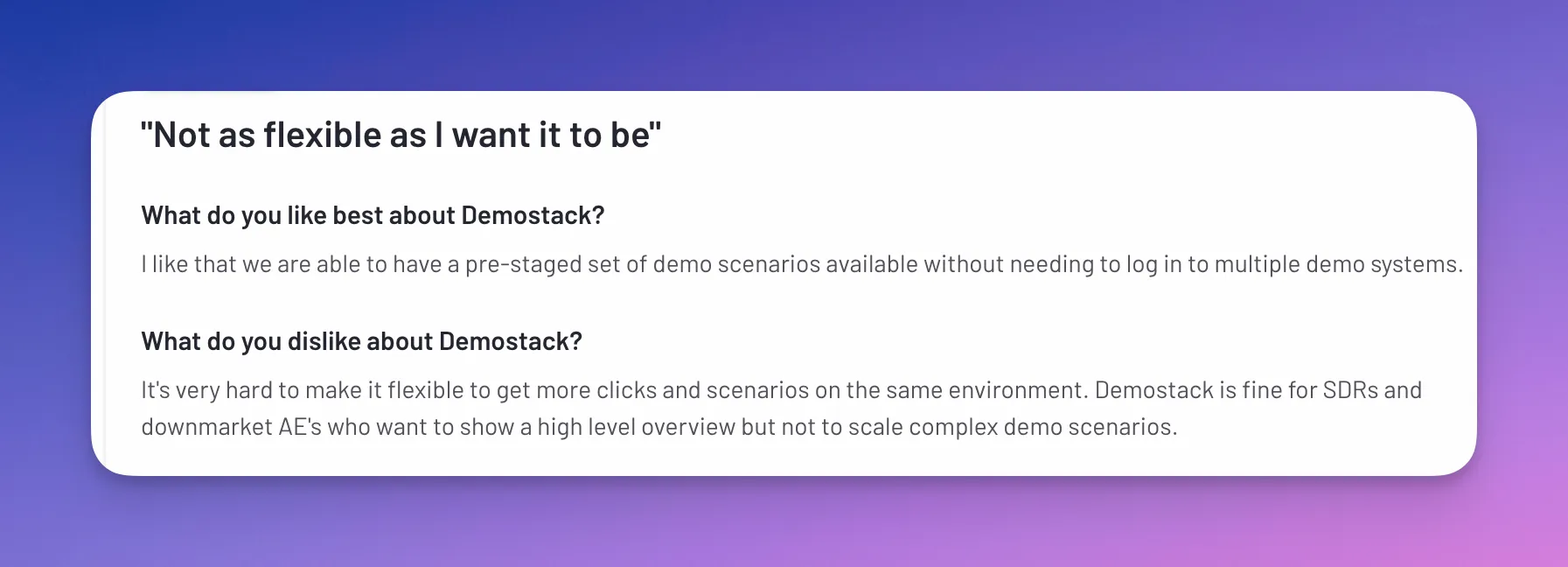
Demostack pricing
Demostack starts at $55,000/year. That's for 10 users and one app. Mobile support requires the Pro tier at $100,000/year. No free trial available.
Walnut: Interactive demos built for sales teams
Walnut creates interactive demos from HTML captures of your product. Instead of cloning your entire product environment like Demostack, Walnut captures individual screens and lets you stitch them together into clickable demos. This works great for sales teams that need to personalize demos quickly—swap logos, change company names, adjust demo content for different prospects.

Why teams choose Walnut
- Built specifically for sales workflows. The platform is designed around how sales teams actually work—quick customization, easy sharing, demos that can be personalized without technical skills.
- Faster to edit than Demostack’s product cloning. You don't need to clone your entire product or rebuild everything when updates happen. Capture the screens you need, build your flow, and start demoing. Good for teams that need demos up and running quickly.
- AI helps with demo creation. Walnut's StoryCaptureAI lets you narrate while capturing screens, and the AI assembles the demo for you. This makes building demos faster than Demostack's manual cloning process.
- Strong personalization capabilities. Change logos, swap out company names, adjust data points for different industries. All without touching code or waiting for engineering. You can’t even attempt this on Demostack without engineering support.
- Works for sales leave-behinds. After sales calls, send prospects a clickable demo they can explore on their own. Helps champions sell internally when you're not in the room.
But here's what you're trading off with Walnut
Walnut avoids Demostack's maintenance burden, but with some caveats:
- Can't show data flowing through your system. Unlike Demostack's product clones, you're working with static captures stitched together into a story. You can't demonstrate how data moves through complex workflows or show real-time cause-and-effect interactions. However, this is a dealbreaker only for product that have such use case to present to win deals.
- Performance problems since 2021. Users report crashes, freezing, and lag consistently across multiple years. Sonia M. noted that Walnut is "quite slow and shuts down abruptly while creating" demos. Users in 2024 still reported lag requiring browser restarts.
- No auto-save or API support. Core workflow features like auto-save are missing—Aviva Rosman, Co-founder at BallotReady, specifically flagged this issue. Without auto-save, you're manually saving throughout the creation process, which compounds the already time-consuming setup.

Walnut pricing
Walnut starts at $9,200/year. No free tier available. It’s significantly cheaper than Demostack $55,000/year, but still requires upfront investment before you can test properly.
Does your team really need product cloning?
Demostack's approach—cloning your entire product—only makes sense for a specific subset of companies. Cases where showing live data flows is critical to winning deals. But the truth is, most SaaS companies don't need something so overkill for running live demos.
What teams actually need, based on patterns from user interviews and reviews:
- Fast demo creation without engineering dependencies
- Reliable performance during live presentations (no crashes or lag)
- Easy personalization without tedious manual setup
- Quick updates when products change (not full rebuilds)
This is where Storylane steps in.
Storylane: Easiest to use demo automation platform
When teams evaluate Demostack and Walnut, many end up looking for a third option—an interactive demo tool that delivers speed and reliability without the chronic issues both platforms carry.
How Storylane addresses Demostack's limitations
- No cloning means no maintenance burden. When your product updates, you don't rebuild everything from scratch. Update what changed and move on. Demo URLs stay stable when you edit—no broken links across your website, decks, and emails.
- Accessible pricing without enterprise lock-in. Free tier to start, then $40/user/month for paid plans. Not $55,000/year. Everything runs in the browser + a desktop app to cover non web native apps.
How Storylane addresses Walnut's limitations
Storylane was built with performance in mind. There’s no chronic crashes, freezing, or lag. Cloud-based architecture that's reliable during live presentations—the performance problems that have plagued Walnut since 2021 don't exist here. Remember Aviva Rosman's complaint about Walnut not saving automatically? Storylane demos auto-save as you work. As for the standout features:
Mature AI demo features:
Storylane's AI capabilities go beyond capture and assembly—they handle the entire demo production workflow.
- AI-generated scripts and voiceovers: AI analyzes your screens and generates contextual annotations and tooltips based on what it sees in your product. You first demo draft demo is ready by the time you hit ‘Stop capturing’
- You can easily convert scripts into AI voiceovers or add an AI avatar to your demo steps that can speak to your prospects in 65+ languages
Sara Yonker, Marketing Head at Vidoso, specifically praised how the voiceovers "actually sound human"—not robotic text-to-speech that prospects can tell is automated. This matters for scaling localized demos across regions without hiring voice talent or recording multiple takes yourself.
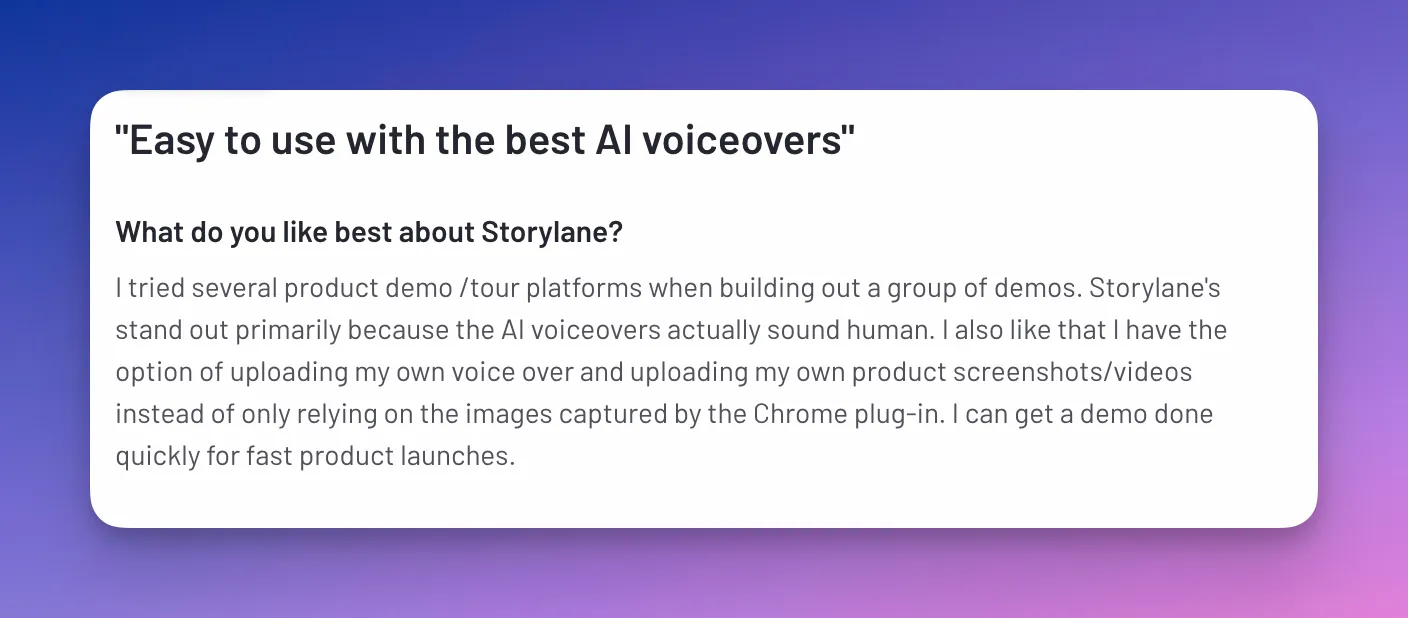
However, with Walnut StoryCaptureAl, you narrate while capturing product screens, and the AI assembles it, then you manually edit and clean up
The difference: Storylane's AI does the work by understanding your product's context automatically.
Why teams choose Storylane over Walnut and Demostack
Easiest to use and fastest onboarding
Storylane is the easiest demo automation platform to use. Where you can build demos in 2 minutes, thanks to our Create with AI features. We also have the fastest onboarding in the market, so you can get your first demo up and running in minutes. No complex editing interfaces to learn. No waiting for technical teams to configure cloning infrastructure.
The result: teams adopt it immediately. Marketing builds website demos without training, sales does personalized outreach independently, and customer success creates onboarding flows in minutes.
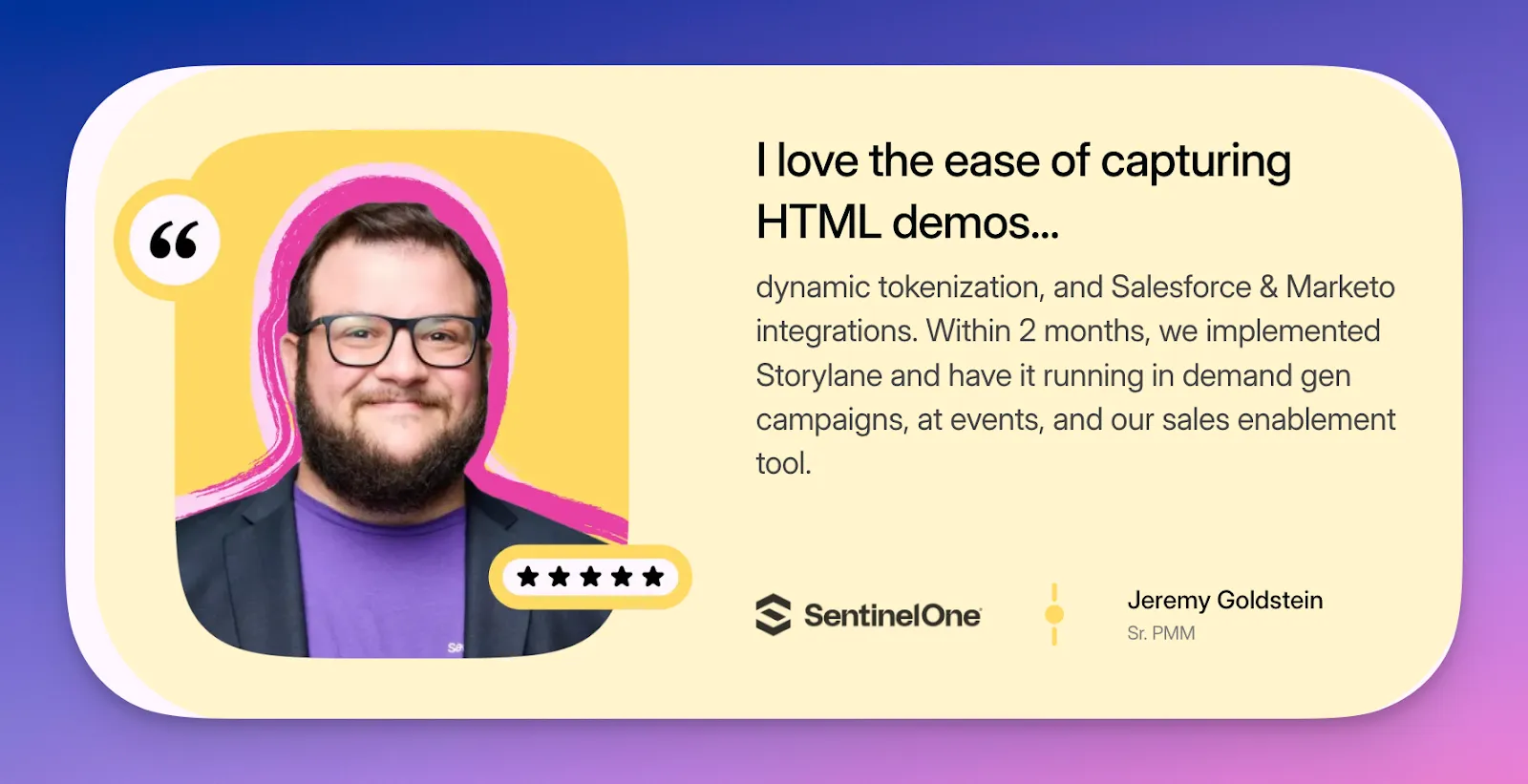
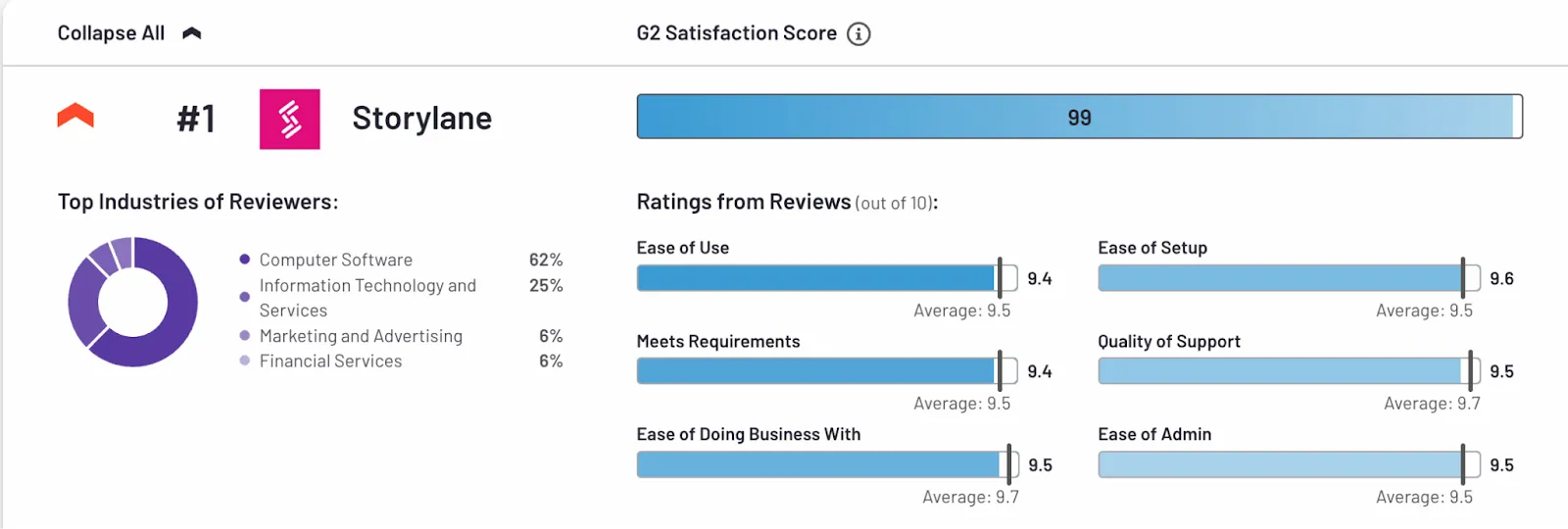
And as for the user satisfaction, Storylane outperforms Walnut in all metrics. (P.S. Walnut has lost its place in G2’s top 20 demo automation software list as of Aug 2025)
Meet Lily: Your AI sales agent
This is Storylane's biggest differentiator—and something neither Demostack nor Walnut offers.
Lily AI is our conversational sales agent that qualifies inbound leads, provides product context, relevant demos and books meetings like your best sales rep. She is trained on your demos, sales calls, and knowledge base to guide prospects through conversational product discovery.
What Lily AI helps you with:
- Provides self-guided discovery for buyers exploring your product
- Automatically qualifies prospects based on fit and engagement
- Recommends the right demo for specific use cases and personas
- Trained on your team's best playbooks, scripts, and documentation
- Available 24/7 with no scheduling friction
This means prospects get immediate, intelligent responses about your product without waiting for your sales team—and your team gets qualified leads instead of tire-kickers.
Built for cross-functional GTM teams
Storylane is specifically designed for horizontal adoption across the entire go-to-market teams.
It isn’t just for sales. Marketing uses Storylane for website demos and lead generation. Heck, I use Storylane as a marketer to create product tours for our landing pages and even ad campaigns (this isn’t even our main use case but who is gonna stop me?) Apart from marketing,
- Sales teams leverage it for personalized demos
- Presales teams rely on it for technical demonstrations
- Customer success teams implement it for onboarding and training
Multiple demo formats: HTML/CSS interactive demos, screenshot-based demos, and video demos. Walnut only does HTML, and Demostack only clones. Storylane gives you format flexibility based on what you need.
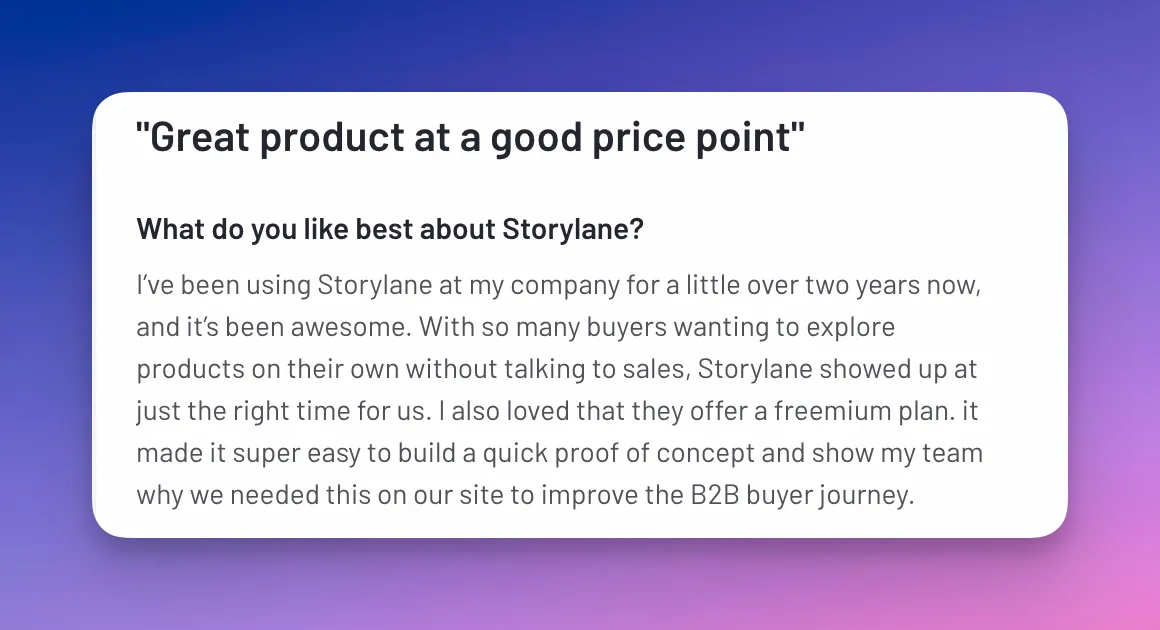
Storylane pricing:
Storylane comes with a free trial so you can test before committing.
- Start free - 1 demo with AI creation enabled (unlimited views)
- $40/month for screenshot + video demos (with account reveal enabled)
- $500/month for HTML capture (with advanced personalization features)
So which demo automation platform to choose for your team?
Now that you understand each platform pros and cons, here's how Walnut, Demostack, and Storylane stack up against each other:
If you're selling complex enterprise software where deals hinge on showing live data flows through multi-system workflows, Demostack's product cloning delivers that—at $55,000/year and significant maintenance overhead.
But if you need demo velocity—fast creation, reliable performance, actual AI automation, and cross-functional adoption—Storylane solves the problems both platforms carry.
If you’re still unsure? Ask yourself: "What's actually slowing down our demo process right now?" If it's a maintenance burden or setup time, you're not a cloning candidate. If it's performance or manual work, Walnut won't solve it.
Frequently asked questions : Demostack vs Walnut
Q. What's the main difference between Walnut and Demostack?
Demostack clones your entire product to create working replicas. Walnut captures HTML screenshots and stitches them into interactive demos. Demostack shows live data flows but requires full rebuilds when your product updates. Walnut allows faster personalization but can't demonstrate dynamic workflows.
Q. How much do Walnut and Demostack cost?
Demostack starts at $55,000/year for 10 users and one app. Mobile support requires the Pro tier at $100,000/year. Walnut starts at $9,200/year. Neither offers a free trial. Storylane starts free with one demo, then $40/month for paid plans.
Q. What are the biggest complaints about Walnut and Demostack?
Walnut users report crashes, freezing, and lag requiring browser restarts. No auto-save means manually saving throughout demo creation..
Demostack requires rebuilding all clones from scratch when your product updates. Demo links break when you edit. Despite being positioned as enterprise-grade, users report it struggles with complex demo scenarios and edge cases.
Q. Do I need product cloning for demos?
Only if showing live data flows is critical to closing deals—supply chain software, financial analytics, or ERP systems where prospects need to see how data moves through multi-system workflows. Most SaaS companies don't need this. Interactive demo tools deliver faster creation and easier maintenance without the cloning overhead.
Start free with Storylane scale affordably, and get your first demo live in under 15 minutes.
Heading 1
Heading 2
Heading 3
Heading 4
Heading 5
Heading 6
Lorem ipsum dolor sit amet, consectetur adipiscing elit, sed do eiusmod tempor incididunt ut labore et dolore magna aliqua. Ut enim ad minim veniam, quis nostrud exercitation ullamco laboris nisi ut aliquip ex ea commodo consequat. Duis aute irure dolor in reprehenderit in voluptate velit esse cillum dolore eu fugiat nulla pariatur.
Block quote
Ordered list
- Item 1
- Item 2
- Item 3
Unordered list
- Item A
- Item B
- Item C
Bold text
Emphasis
Superscript
Subscript









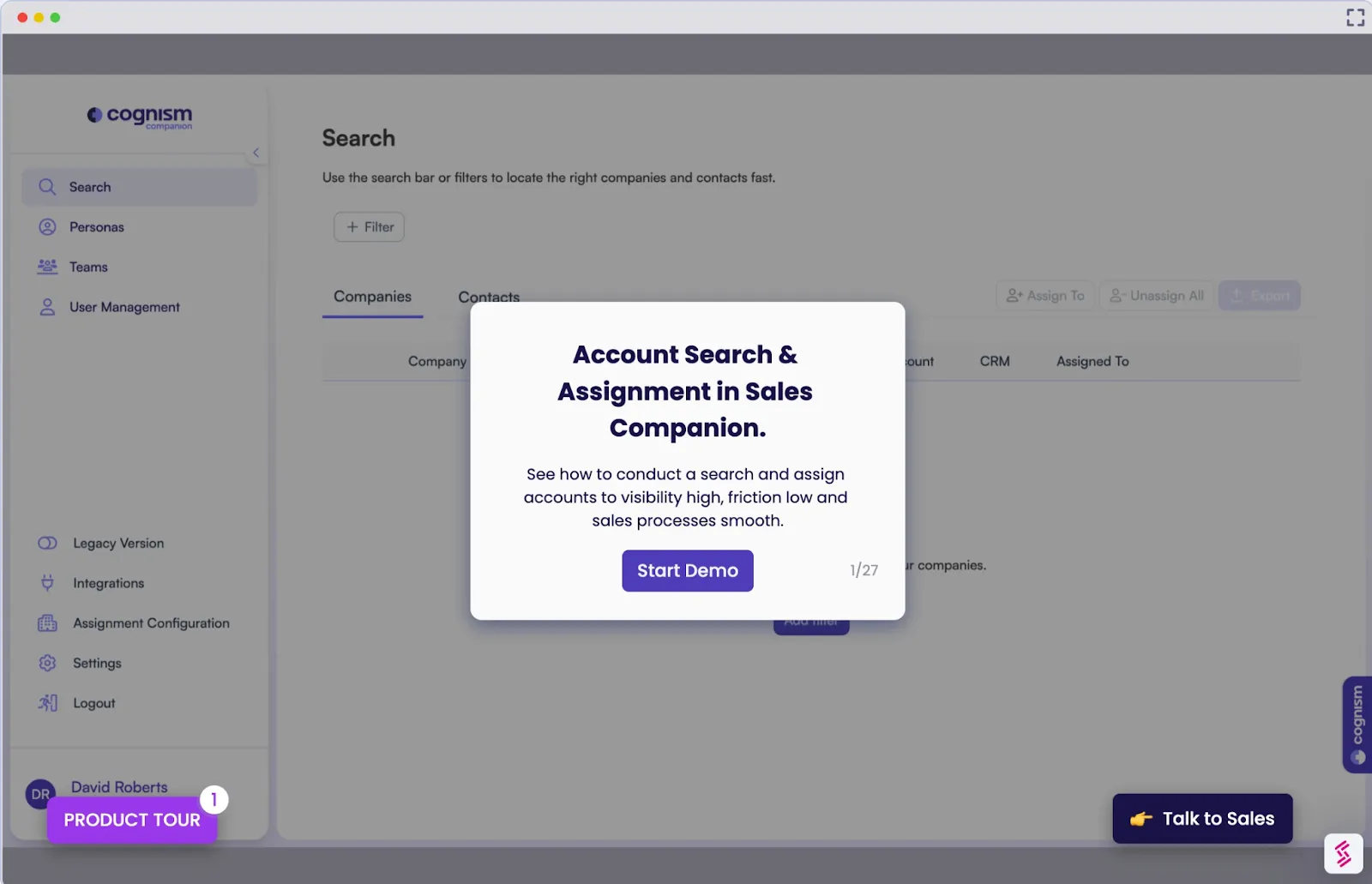
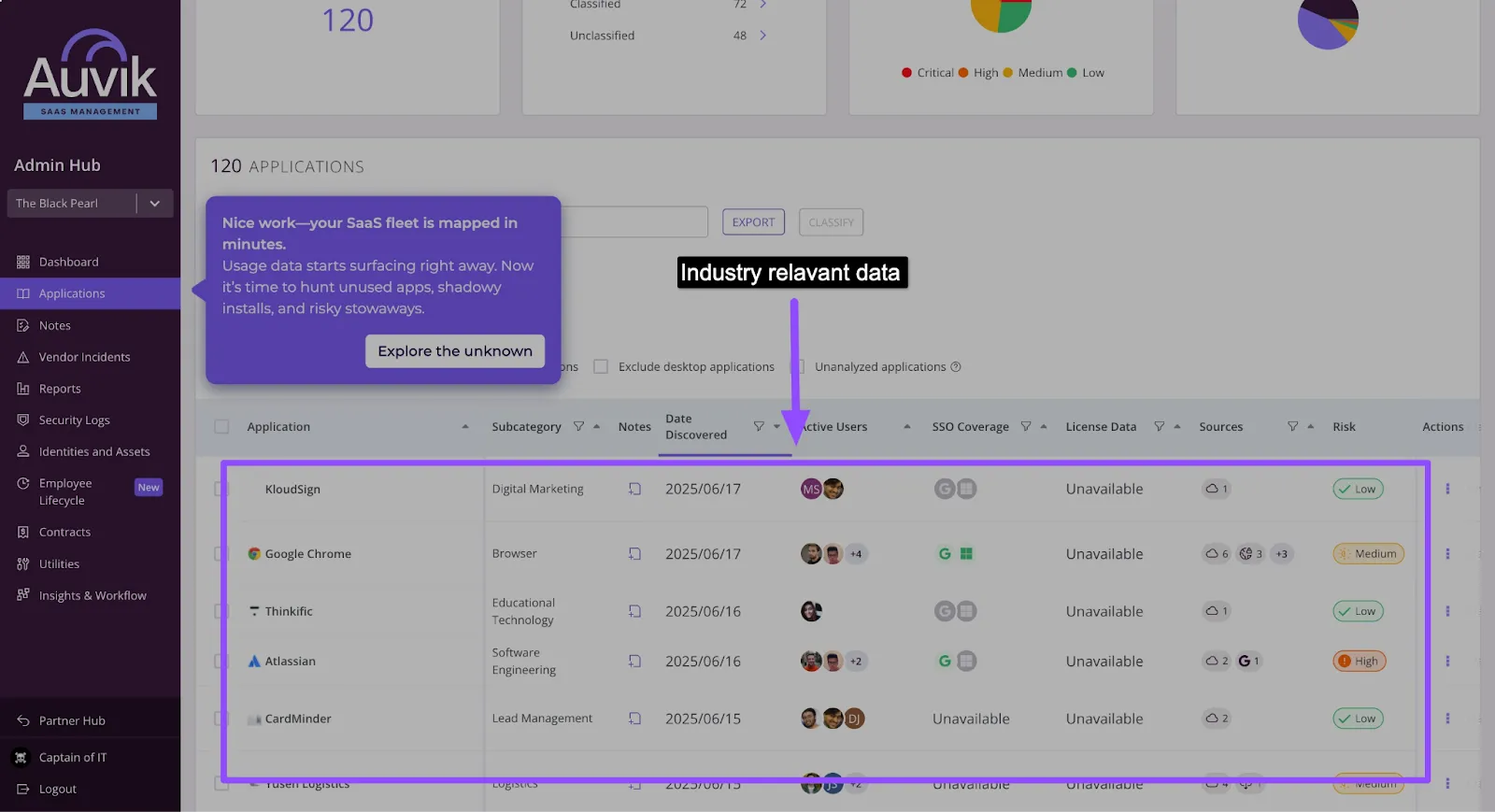
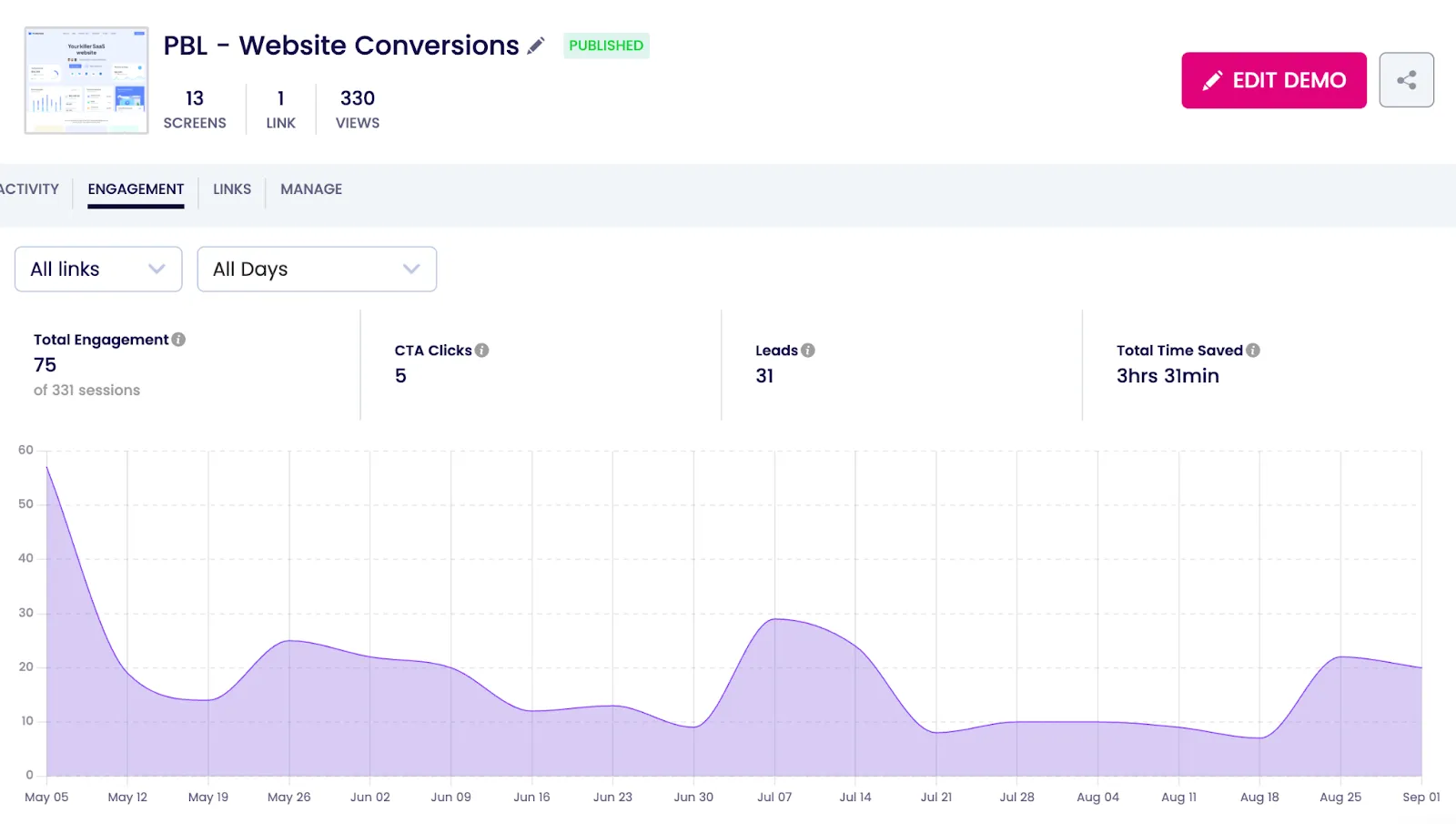
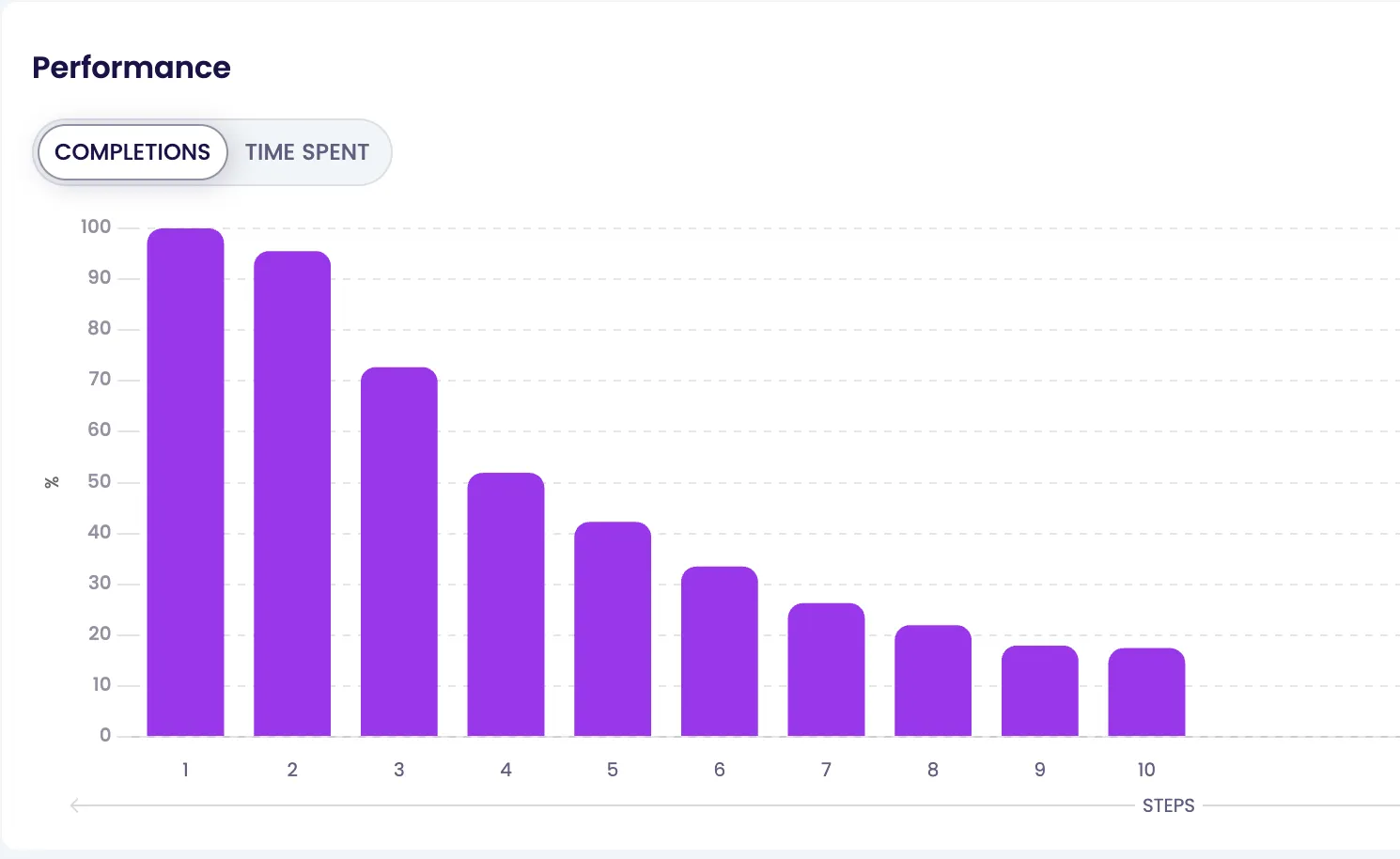
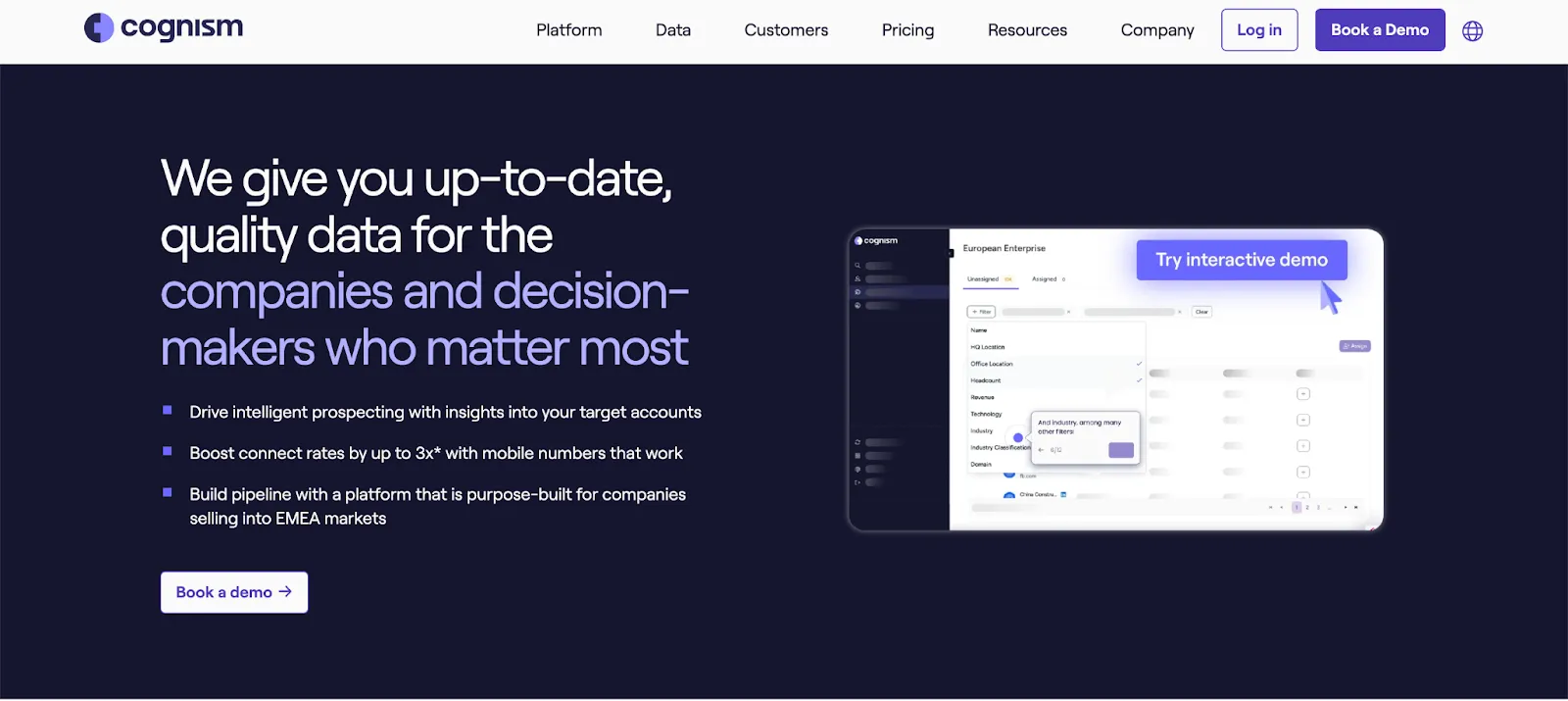



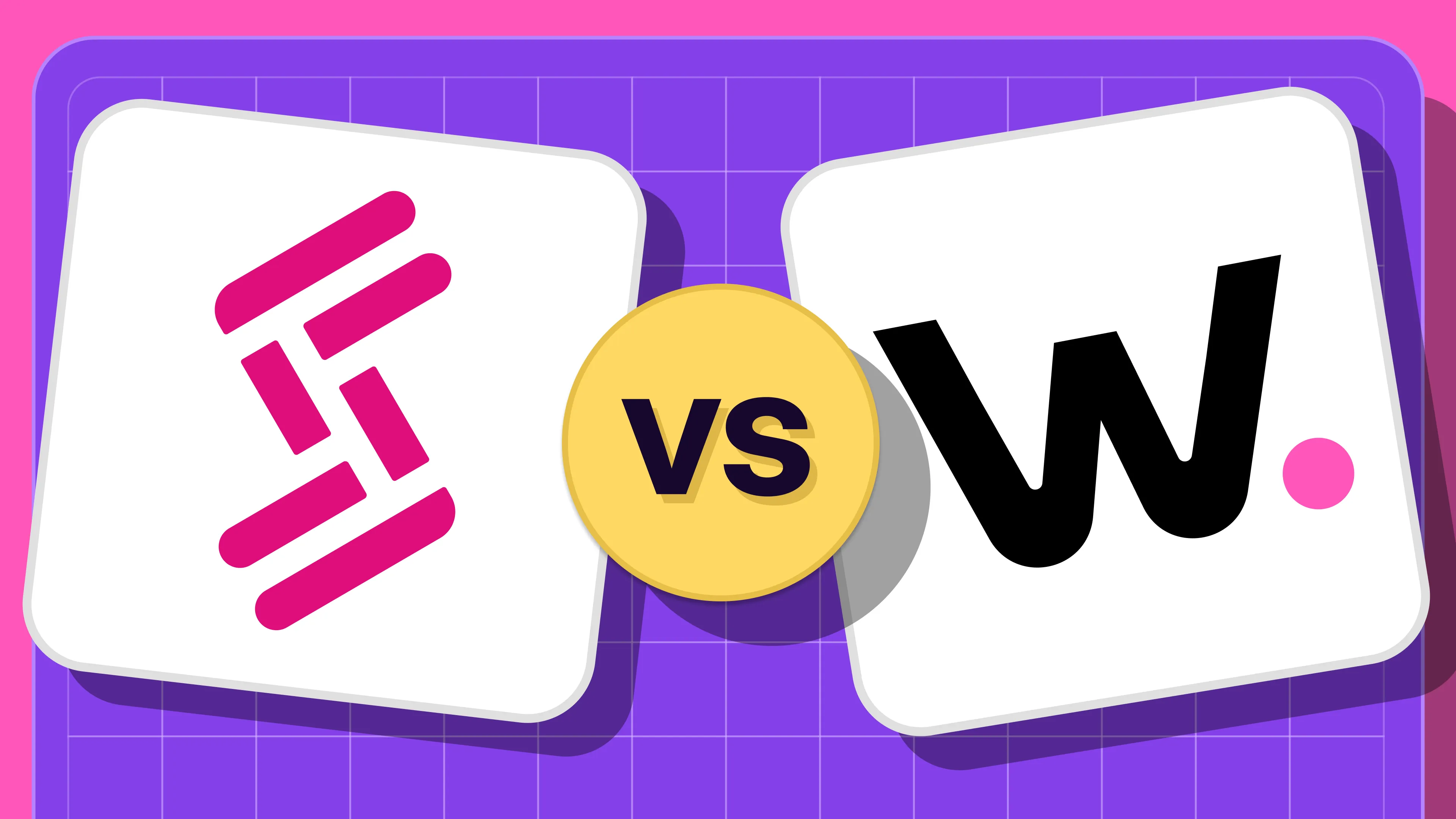
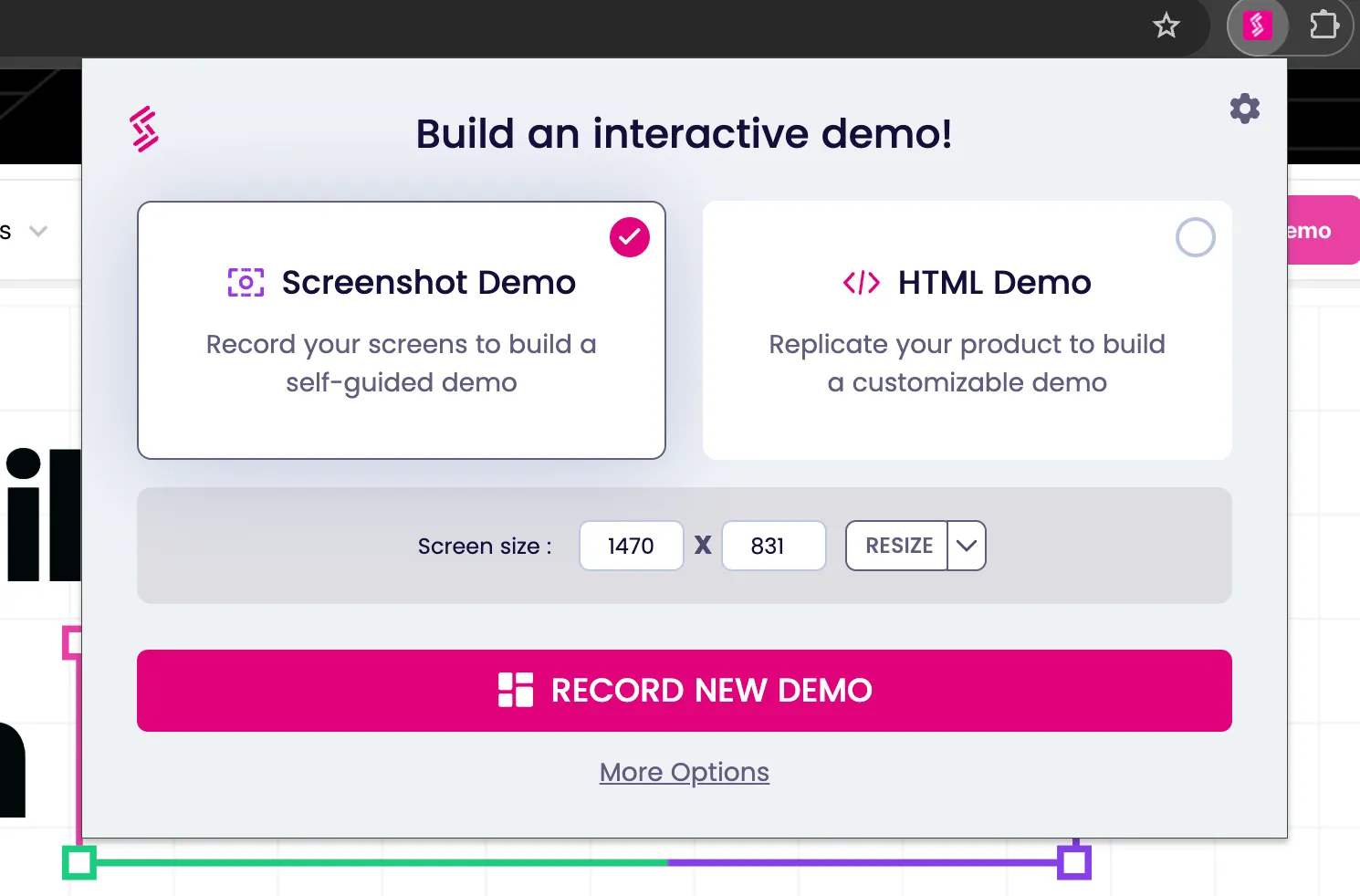

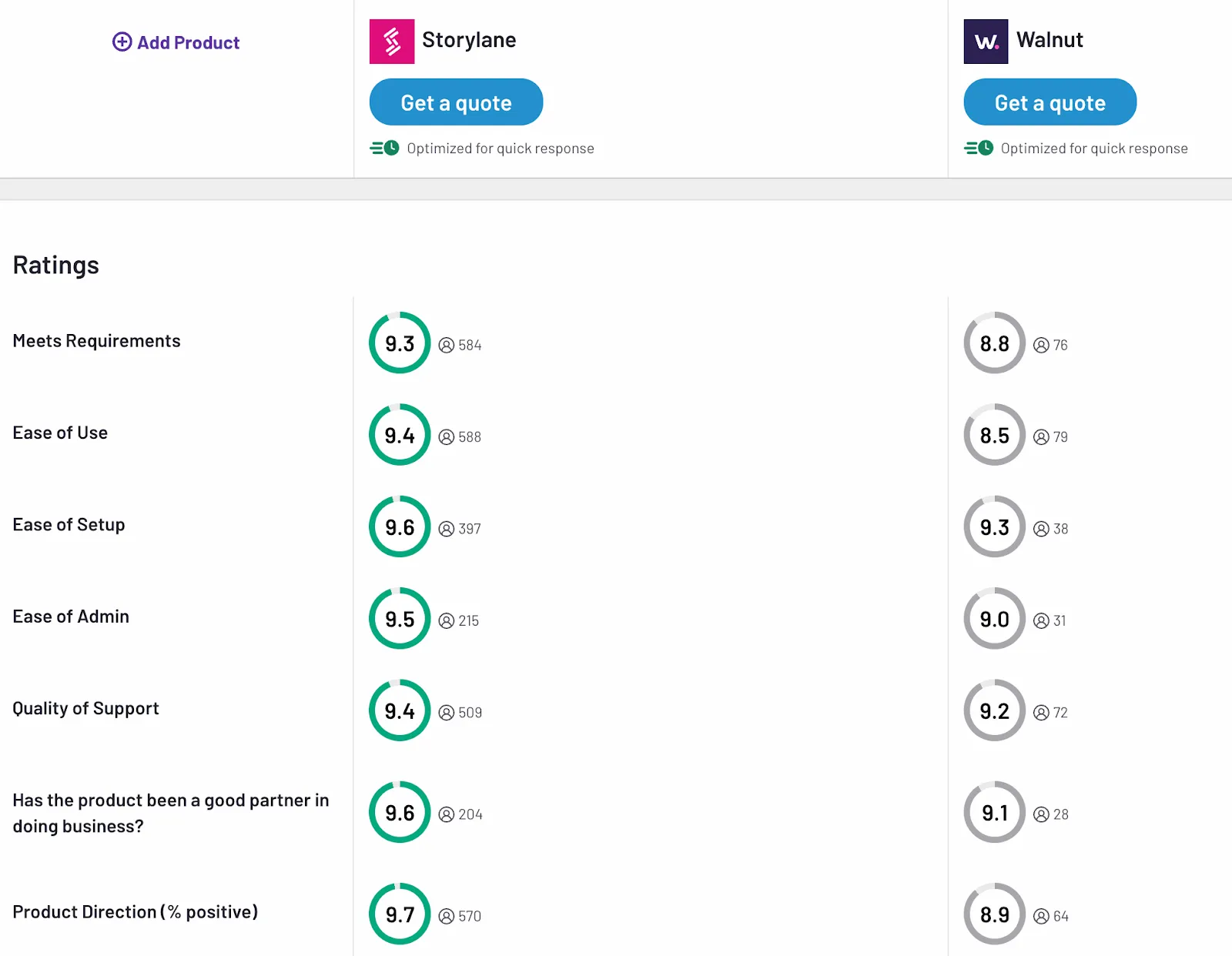
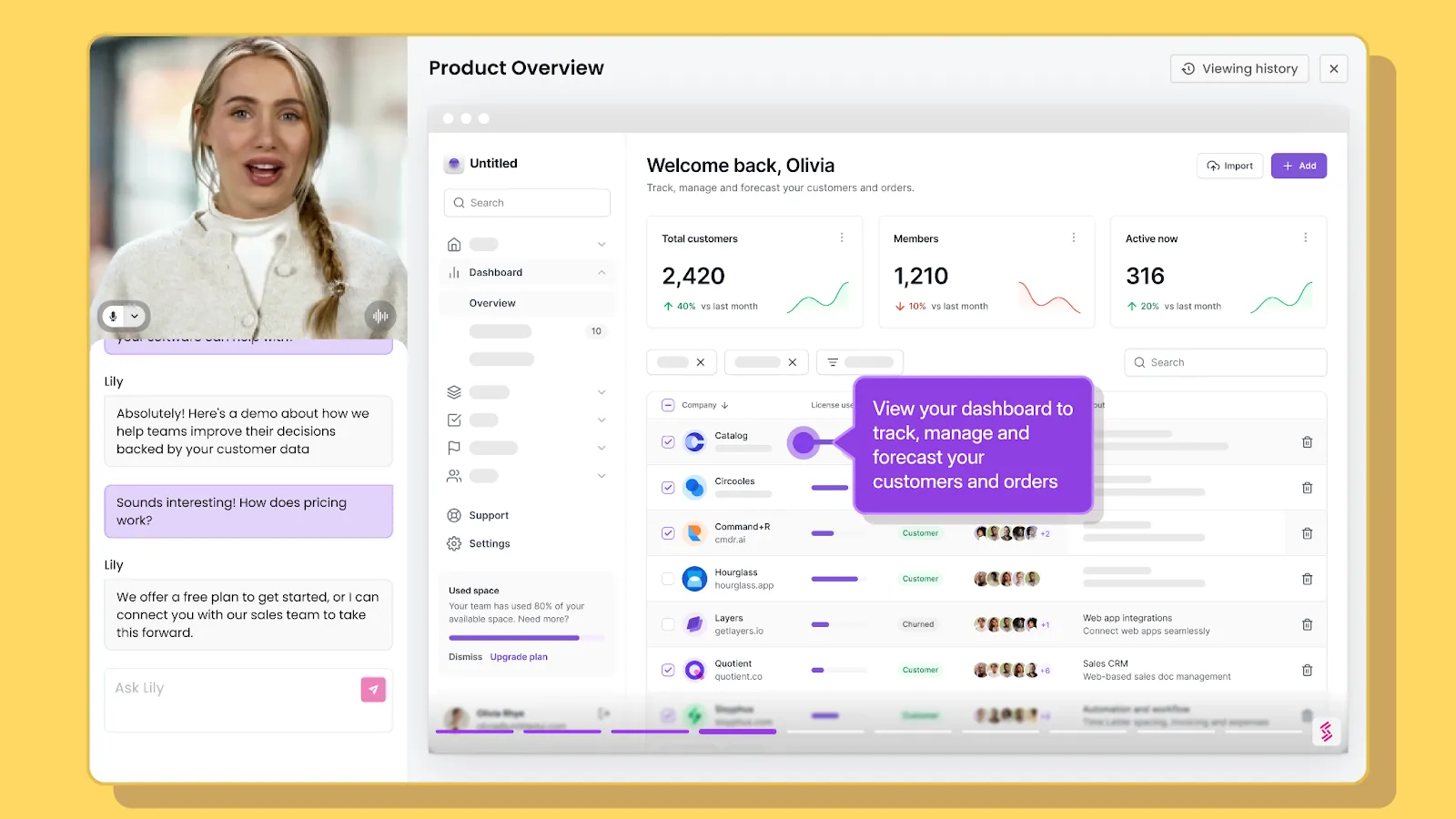







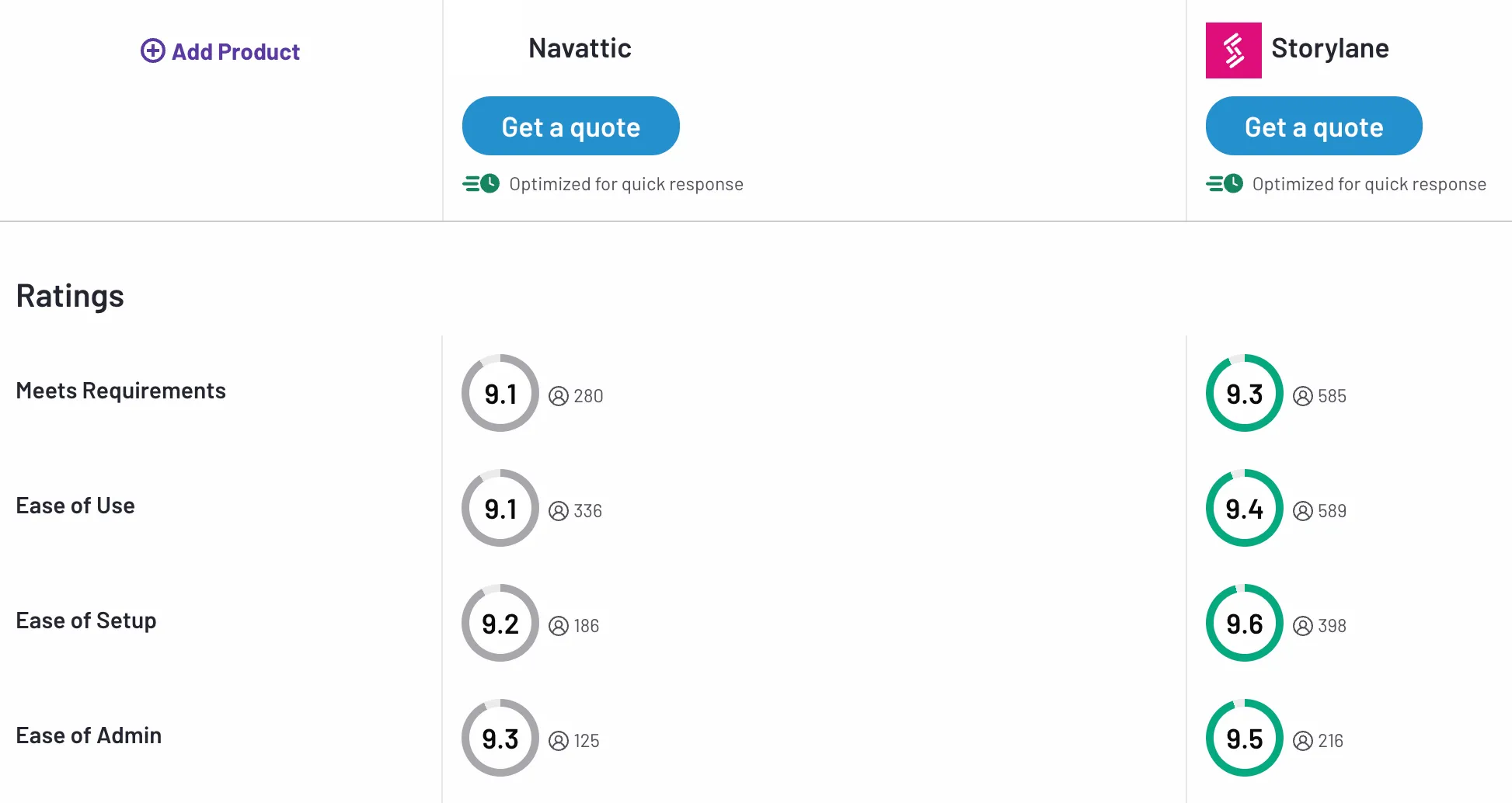

.svg)

.webp)